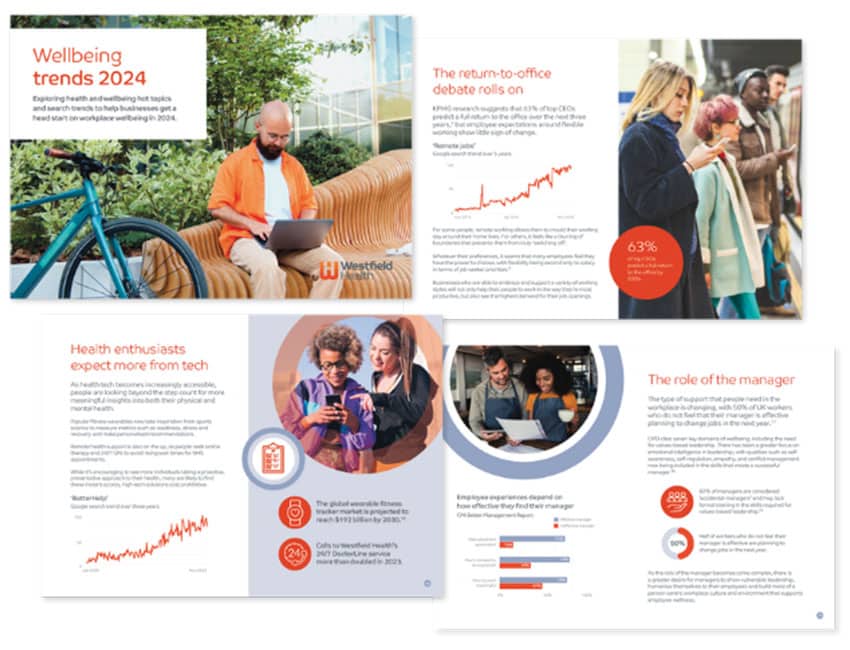While the return-to-office debate rolls on, employees remain clear on their priorities when it comes to hybrid and flexible working. In 2024, work-life balance will mean more than just closing your laptop at 5pm. It seems our post-pandemic priorities are here to stay, and for many that means fitting work around their lives — not the other way around.
According to research by Trajectory, over half (54%) of workers who’ve been working from home since the pandemic say they plan to have more free time in the future, suggesting that our home lives remain a top priority.
Rather than a blanket demand for hybrid or remote working options, workers are now more aware of their own unique needs. And that could include anything from getting through a bereavement, managing their periods or ‘unretiring’ into a part-time job.
This development is particularly relevant to employees seeking roles that support their lifestyles, such as working parents, caregivers or those who are managing a health condition or disability. Companies who can support a flexible approach to work-life balance are also supporting a more diverse workforce to perform at their best.
Flexibility still attracts top talent
A study by KPMG hit the headlines recently by suggesting that 63% of top CEOs predict a full return to the office by 2026, but employees may have other ideas.
While return-to-office mandates are becoming more common, blanket policies are likely to be unpopular. For some people, hybrid and remote working allows them to mould their working day around their home lives. For others, it feels like a blurring of boundaries that prevents them from truly ‘switching off’.
Whatever their preferences, it seems that many employees feel they have the power to choose, with flexibility being second only to salary in terms of job-seeker priorities. It’s a familiar theme: businesses who can support a variety of working styles will not only help their people to work in the way they’re most productive, but also have the edge when it comes to recruiting top talent.
Flexible working: are you a splitter or a blender?
According to research by Gallup, remote and hybrid workers fall largely into two categories when it comes to their relationship with work. And interestingly, it’s around a 50/50 split across the workforce.
‘Splitters’ generally prefer to fully separate their work and personal lives. They tend to prioritise ‘switching off’ outside of fixed hours and try to avoid blending home and work activities. These workers are likely to find on-site or ‘working near home’ appealing to help them set boundaries, and would benefit from a separate homeworking space when working remotely.
‘Blenders’ on the other hand are happy to overlap home and work tasks during the day. They’re more likely to choose to work outside of typical hours without feeling like work is encroaching on their downtime, as they prefer to break up their working day with activities around the house — or even socialising. Blenders, unsurprisingly, are likely to value homeworking options or fully flexible roles.
Engagement beats location when it comes to stress
While WFH remains popular, it turns out location isn’t everything when it comes to employee wellbeing. The State of the Global Workplace report shows that engagement has 3.8x as much influence on stress levels as work location.
This is good news for employers who want to support their people’s wellbeing but can’t offer the option to work from home. Highly engaged employees are more likely to feel in control of how they work, even when remote working isn’t possible, and this sense of control can help reduce feelings of stress.
Improving employee engagement isn’t a quick fix, but it could have a huge impact on average stress levels across a business. While remote and flexible working are important considerations, engaged employees often feel less stressed and more motivated to perform at their best, regardless of where they work.
More workplace trends for 2024
Our Wellbeing Trends 2024 report includes four key themes for workplace wellbeing as we enter 2024.
The report examines search trends, NHS data, consumer behaviour and Westfield Health’s wellbeing research to help businesses get a head start on the issues affecting their people now and in the new year.
